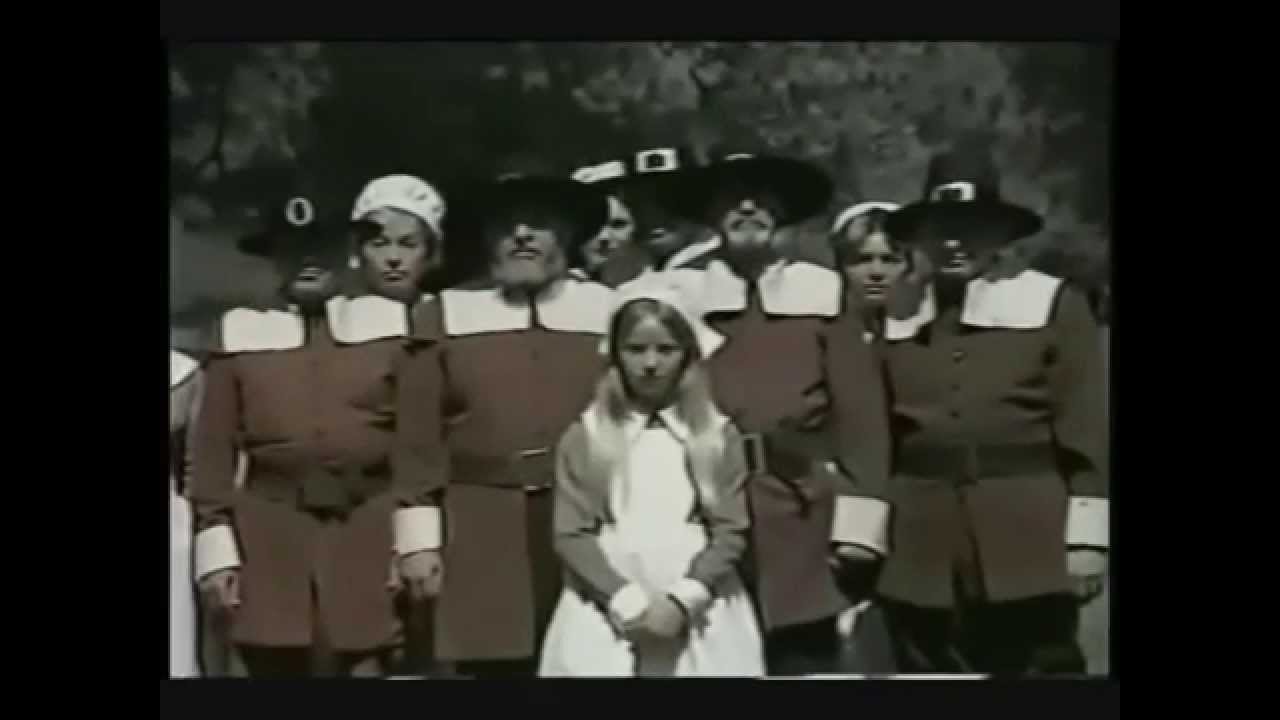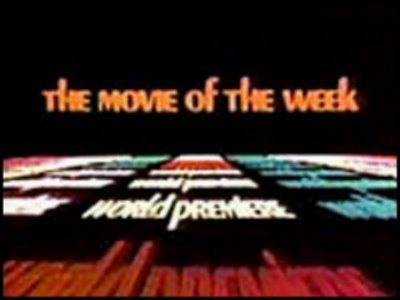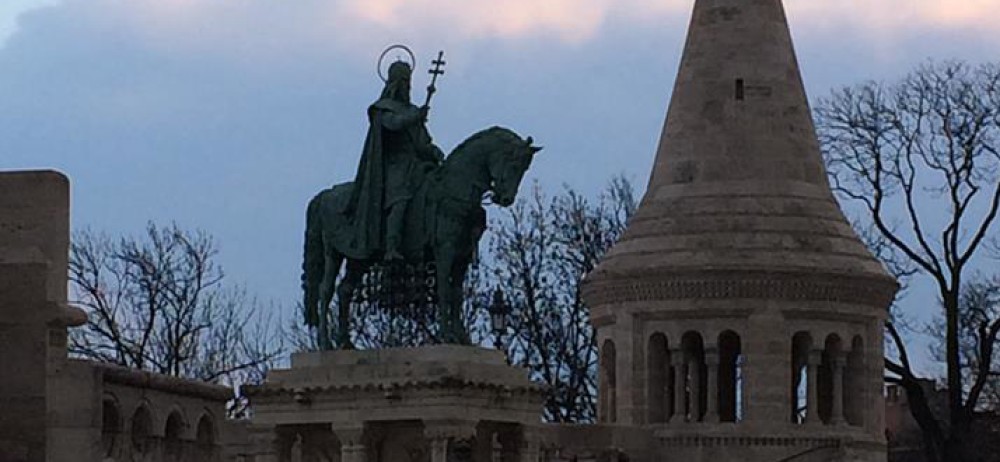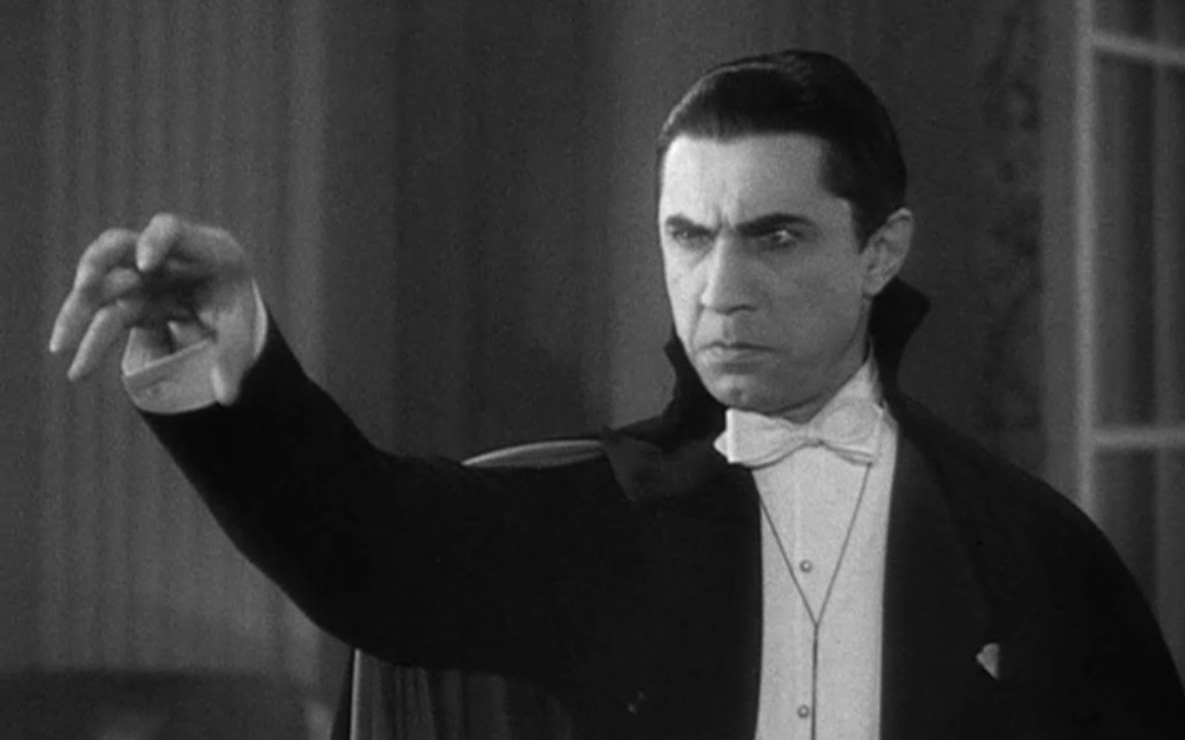
The witches of Crowhaven Farm gather to confront Hope Lange, a modern woman who still owes them for a favor they performed for her in a previous life.

This screen shot opened the MOVIE OF THE WEEK episode every Tuesday and Wednesday evenings on ABC — back in the days when there were only 3 networks, plus PBS!
When I was in middle school, one of the scariest movies I have ever seen was broadcast as an ABC Tuesday night made-for-tv Movie of the Week. (Looking over the list of films shown during the run of the series, I still recognize many of them!) But the most riveting was Crowhaven Farm.
First broadcast in the autumn of 1970, Crowhaven Farm starred Hope Lange (known for the series The Ghost and Mrs. Muir) and Paul Burke (known for the television series Twelve O’clock High). As one horror review blog puts it:
“The writers of this show clearly understood horror, they understood that fear is in the mind and that nothing terrifies people more than their own imaginations. Contemporary television shows too much, it tells too much. Crowhaven Farm is spooky, scary, downright terrifying, simply because it makes you think.”
The movie tells the story of a modern woman, played by Hope Lange, who still owes the local witches for a favor they did her during a previous life during the 1600s. Too cowardly to give the witches what they asked for, in both her previous and current lives, she forces them to resort to other methods to be rewarded for the favors they did for her as well as exact revenge for how she cheated them in the 1600s. It is a remarkably subtle movie, with nuances and foreshadowings. It does not rely on slashing-and-gashing to frighten the viewer and many of its most frightening images, which appear here for the first time, later became clichés of the genre.
I heartily recommend that you spend an hour-and-fifteen-minutes to watch this classic movie, which is available here on YouTube. Send me your comments about it, especially if you have never seen it before or have not seen it since you were in high school yourself — I still get chills, just thinking about it!

